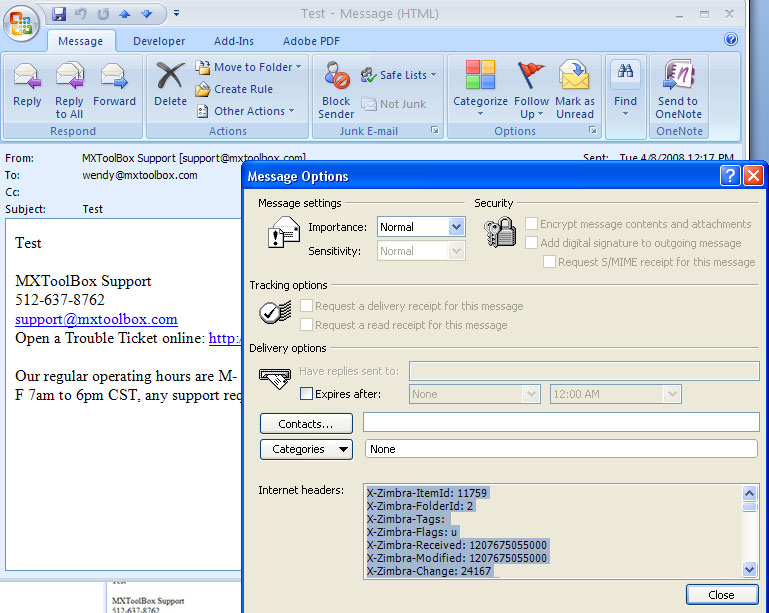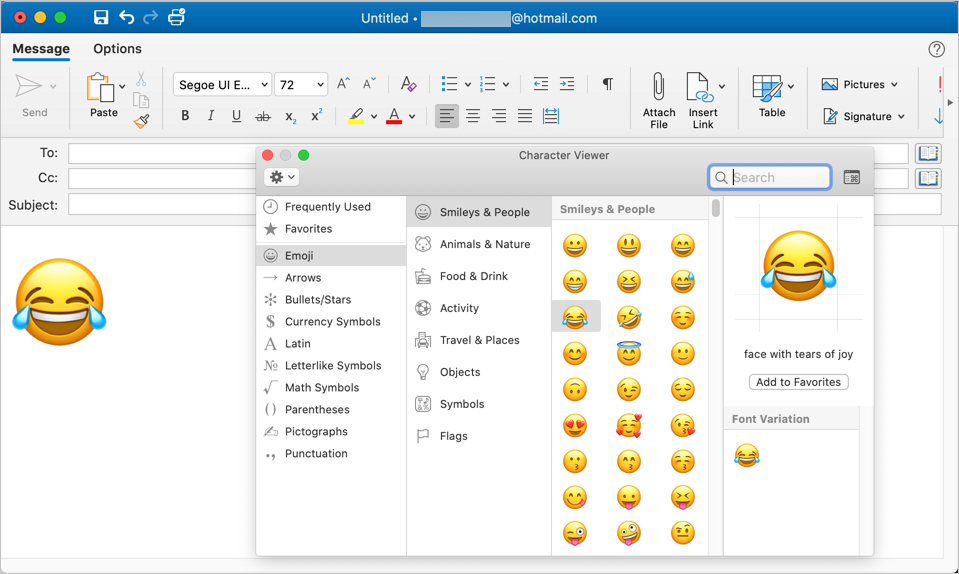

To change the default font for incoming and outgoing messages. The default font and font sizes that you select will not affect the formatting of these incoming messages. However, if you navigate to a mail in another folder or subfolder, you will lose your changes.įor a more permanent solution to change the font size, you can change the text size of the sidebar, message list, and reading pane and change the font size of incoming or outgoing messages.

The changes will be applied to all mail in the selected folder, or subfolder. To temporarily increase or decrease the font size of messages. Tweet Share Email.You now have the ability to increase the display size of the sidebar 1mail list 2and reading pane 3 text. These settings will apply to this email only. If you want to change the font options for only a single message, you can do this while composing the email.Īt the bottom of the window in which you're writing the message you'll find many options for changing the appearance of your text. You can also change the default font size set bold, italics, and underline for text and choose your default font color. Under Message formatselect the font dropdown and choose the new default font you want to use. Unfortunately, you can't change the default font for messages displayed on Outlook. You can change your outgoing message fonts on Outlook. In Outlook If stationery is set as the default under Use this stationery by defaultthe font specified in it may override the font you have just chosen. In Outlookselect Choose Font for When composing a new messageWhen replying and forwardingand When composing and reading plain text.

Select Font under New mail messagesReplying or forwarding messagesand Composing and reading plain text messages to choose the desired font styles, sizes, and colors. The screenshots below are for Outlookand any differences in Outlook will be noted. Changing default fonts in Outlook and is a very similar process. Select OK once to finish and then twice more to close out of the Signatures and Stationery window and Outlook's options. If you already have a theme or stationery set up, you can choose Theme and then the No Theme option to disable it. If you are working in Outlookyour screens will differ in appearance, but the menu options, locations, and functionality are the same. Instructions in this article apply to Outlook versions, and Outlook for Officeas well as the web-based Outlook. Smaller, fancier, bigger, or conventional fonts-you're only limited by the fonts installed on your system. If this is not your preference, you can change the default font for messages in Outlook to anything you want. Microsoft Outlook's default font for composing and reading messages is set to a small Calibri or Arial font.


 0 kommentar(er)
0 kommentar(er)
